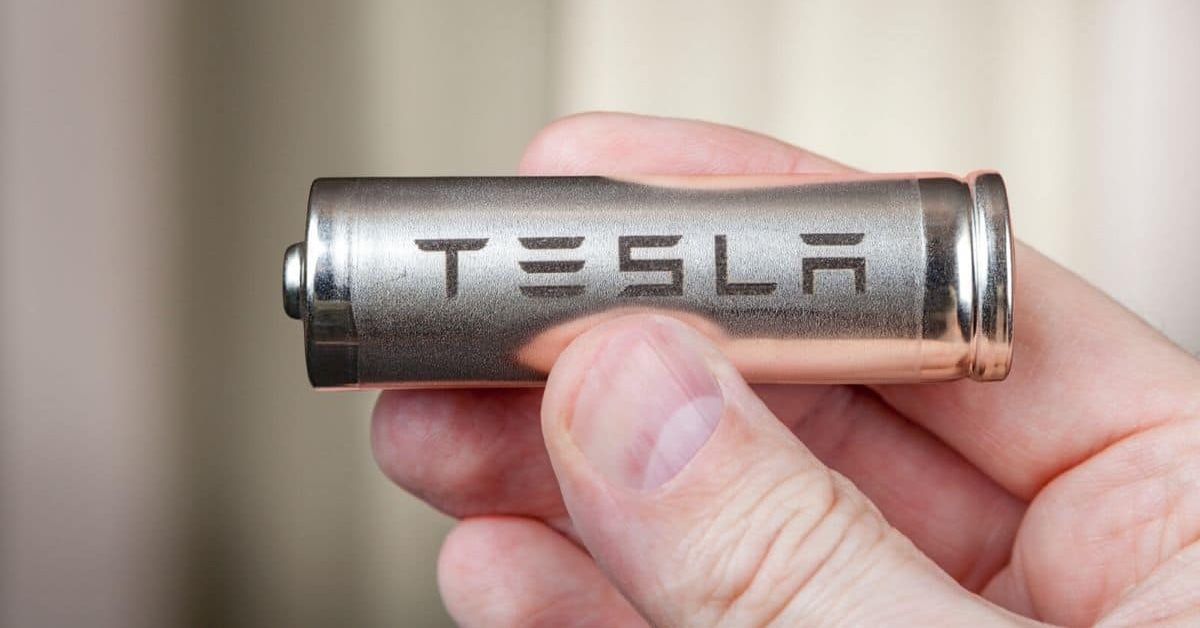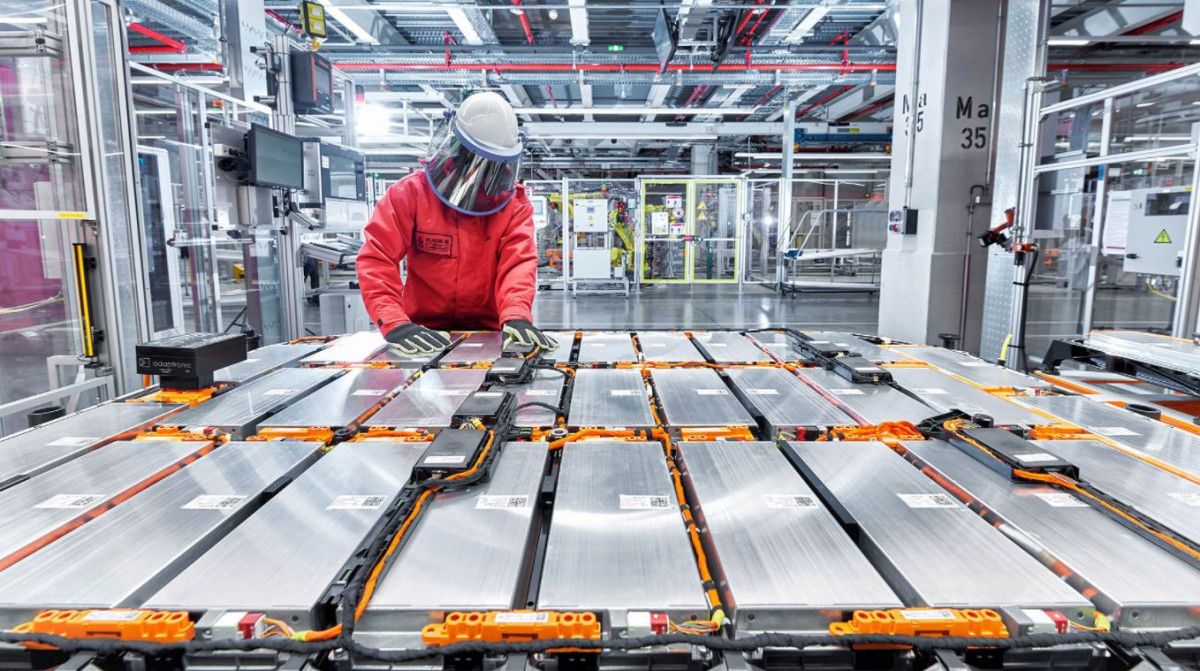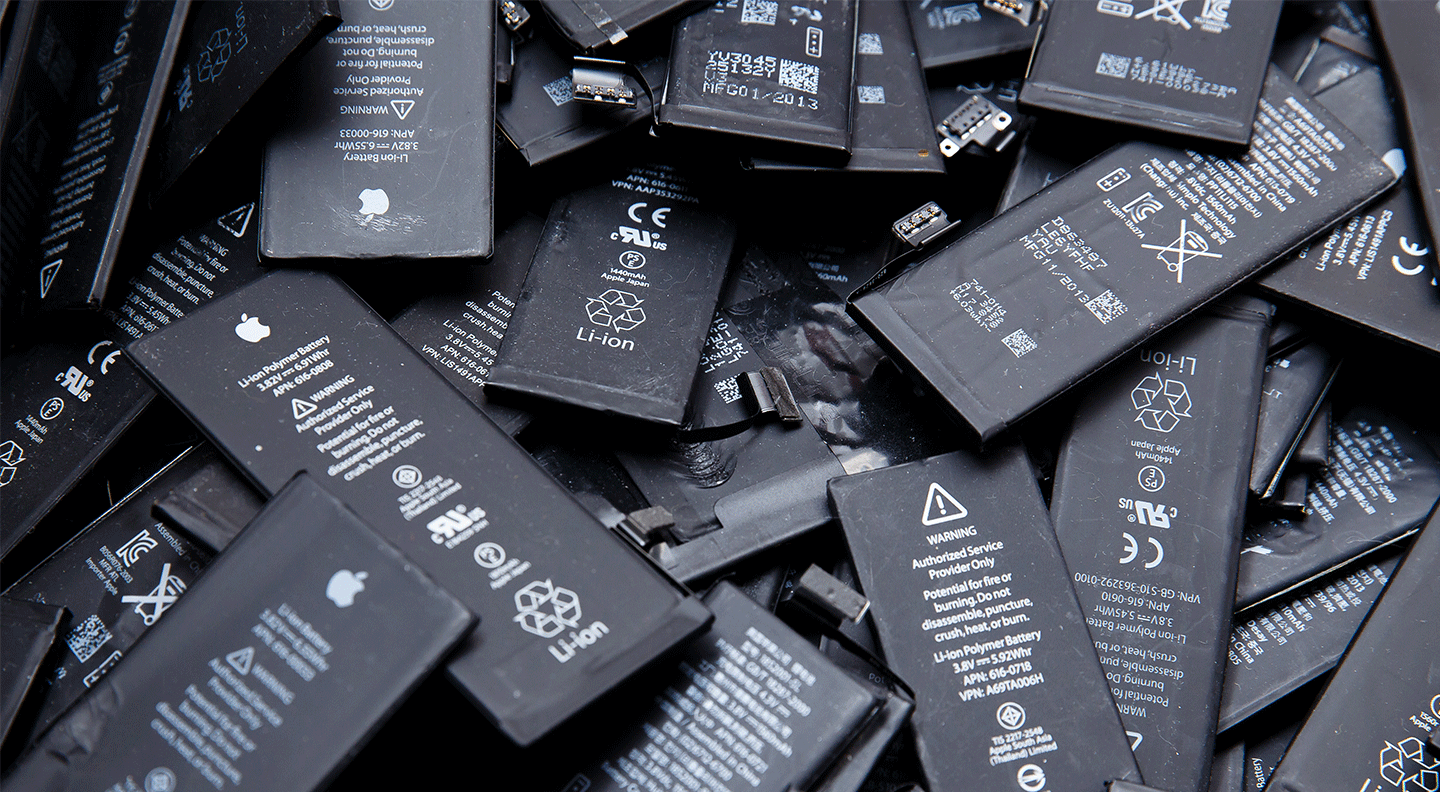With electric vehicles (EVs) rising in popularity and affordability, they seem to be the perfect solution to various problems caused by petrol-powered cars and the petrochemical industry more generally.
Petrol-powered cars are heavily criticized for the air pollution they create through exhaust emissions and their growing consumption of ever-reducing fossil fuels. These negatives have created doubts about the viability of petrol-powered cars in the long term, which in turn has created a massive drive towards EVs. While the competition increases in intensity, there are still a variety of common concerns.
The biggest and most obvious concern is whether or not EVs will replace petrol-powered cars, with the immediate secondary question after an affirmative answer regarding when this transition will occur. While both of these questions fall outside the scope of this article, one of the following questions that get asked is whether EVs have weaknesses, and if they do, what are they?
Every single car has a weakness in at least one area and EVs are no different. The rechargeable batteries of EVs are definitely one of their most problematic elements. Scroll down below to read why these batteries are a source of weakness for these vehicles.
Wasteful Manufacturing Process Creates Pollution On Multiple Levels
One of the greatest flaws of the batteries used for EVs is the waste and pollution that occurs doing the manufacturing of these batteries.
Battery-powered EVs produce less air pollution than the average combustion engine car, however, this is during their operation. Almost all EVs are powered by lithium-ion batteries which are significantly more harmful to the environment during the manufacturing phase, than the manufacturing of internal combustion engines used in petrol-powered cars. The production of these lithium-ion batteries is harmful to the environment at two different levels; the mining of lithium and the chemical waste created during production.
Like with all forms of mining, there is a significant cost to the environment is dramatically increasing the rate at which natural materials are removed from the ground. Not to mention, there is also a significant cost to the communities that live close to mines. For example, a lot of lithium is mined from the Atacama Desert in Chile, which creates changes to the natural environment in terms of less fresh water available for both the natural landscape and the surrounding community that relies on it for drinking, irrigation, and basic hygiene. Although, the need for lithium continues to expand, potentially increasing risk to human communities.
In terms of production, the production process always has waste in some form or another. While some industries have developed effective ways to reuse waste materials, lithium-ion battery production has not been able to do this so far. Dealing with the waste material from lithium-ion battery production remains an environmental, economic, and ethical issue that needs to be addressed, and not just in the car industry either.
Temperature Instability, Wear And Need For Specialized Equipment
Lithium-ion batteries are rather finicky pieces of equipment.
While that sounds overly pessimistic, the truth is lithium-ion batteries require highly specialized equipment to charge, work best in a given temperature range and wear down rather quickly. Admittedly, there are differences from company to company, with some batteries better than others, but the truth is all lithium-ion batteries experience these weaknesses due to their construction.
Battery wear and recharge times are the most significant issues that EV's are experiencing at the moment. These are pretty significant issues for EVs considering that a petrol-powered car experiences less engine wear and can be refueled significantly quicker than an EV recharged. This is not to say that traditional internal combustion engines do not wear down over time, but rather, to illustrate that an internal combustion engine can be serviced and fixed before it has to be replaced completely, something which cannot be done with an EV battery.
The combination of these problems can also dramatically influence the resale value of EVs, creating a faster rate of depreciation than for petrol-powered cars. However, this comes with both advantages and disadvantages, as it has the potential to make used EVs more affordable while making people have to replace them more often than petrol-powered cars.
Limited Life-Time Questions Reliability
The increased wear rate of lithium-ion batteries questions the reliability of EVs and whether or not they will replace petrol-powered cars.
So, with all this in mind, are EVs doomed to fail? Should EVs be abandoned?
No, most certainly not. That being said, further funding and research need to go into improving and expanding the recycling of lithium-ion batteries. Additionally, solid-state batteries seem like a powerful substitute to current lithium-ion batteries, reducing and removing the flaws associated with lithium-ion batteries. Admittedly, the technology is still quite new, however, multiple car manufacturers have announced that they are looking into solid-state batteries, increasing funding to research, to ensure that a viable alternative is available as soon as possible.
Furthermore, there are also a variety of other discoveries, namely fluoride and salt, that are said to be able to improve EV batteries. Hydrogen-fuel cell cars are also growing to present another alternative yet again.




